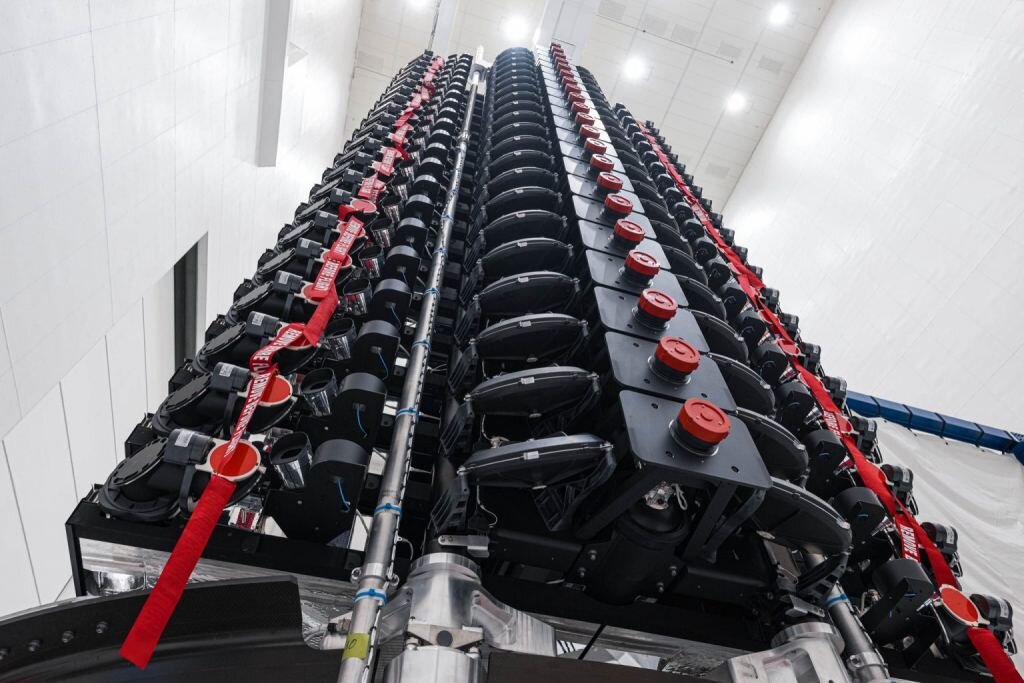
This seems like a difficult topic, at least for me.
Disclosure: I been using Starlink since Dec 2020.
I tend to look a bit forward in time, often too soon. Thinking about the future I have to ask the question, “will earth continue to build space structures, constellations, or even ring structures (I know, far far future)?” I figure in time those developments will happen at some level or another. The next question I wonder about is “when”, if humanity builds out into space should we do it now or later?
These developments will surely be a problem for viewing the stars from Earth. More space based telescopes could eventually replace the more professional work but views from Earth itself are likely to always be impacted by space development. It could be that Starship, the craft that will put even more Starlink satellites in orbit, may also open up many more opportunities for space based scopes at much lower costs and/or sizes than previously possible.
My guess is long term development in space will create more space based viewing platforms and there will be increased accessibility to those platforms, but all this space development will impact Earth based observations at least short term. Longer term it is a bit more murky what might happen with Earth based observation. It could be that the sky becomes so busy that astronomy as we know it will be forced to change (it may have already by then) or the technology will change to where constellation systems may no longer be needed or more effort may go into reducing their impact.
No doubt I like to look out at the stars in wonder but another part of me wants to see humanity act on that wonder, step out and explore what is out there. The stages between viewing with wonder and exploring is likely to pretty messy, at least looking at how humanity has approached most things.

My hope is that between upcoming rockets with larger fairings, commercialization and greater availability of satellite components, and reduced launch costs, space based telescopes will become more common and accessible. I’m also looking forward to crazy new concepts that become more viable, like LUVOIR or a radio telescope on the dark side of the moon.

Going to ruin the night sky for amateur astrophotographers

The technological developments that built modern civilization have always come with tradeoffs at the expense of nature. This is simply the next step on that path. It’s unfortunate that it’s necessary, but commendable that they’re making efforts to minimize the impact as much as possible.

but commendable that they’re making efforts to minimize the impact as much as possible.
Yeah, as far as I know, they aren’t required in any way to try the sun shields and dark paint. It seems like they’re doing it out of a mix of good will and probably trying to avoid causing new regulations. It’ll be interesting to see if future Kuiper and OneWeb sats do the same.

SpaceX wants new regulations regarding satellite brightness.
Their own satellites (at least the second generation ones) fulfill the requirements set by the astronomers at the Rubin Observatory, +7 mag (10x darker than the original ones). Meanwhile the satellites of the competitors OneWeb and Amazon can’t fulfill them without major design changes, because the altitude the satellites orbit at makes a significant difference.
If the recommendations of the Rubin Observatory report were turned into regulations now, Starlink would barely be affected (they’d just have to stop the gen1 sat production a little early) while the competition would be set back several years.
And even professional ones. Yvette Cendes has posted on Reddit how they interfere with ground based radio satellites.
Starlink is increasing the amount of satellites around earth by a large factor.

